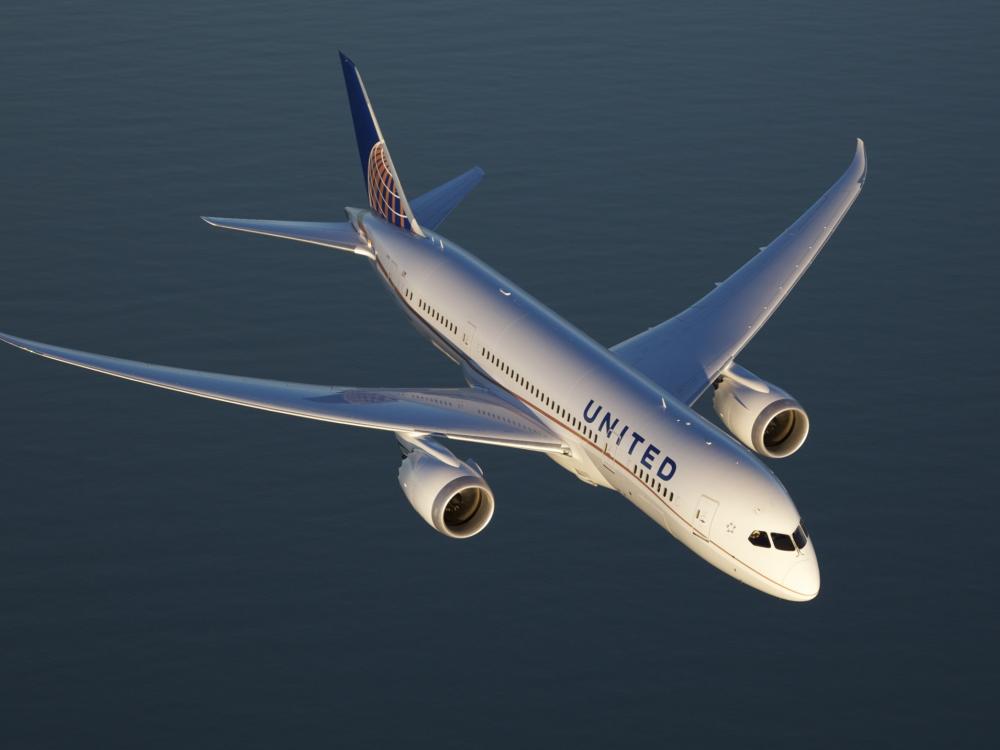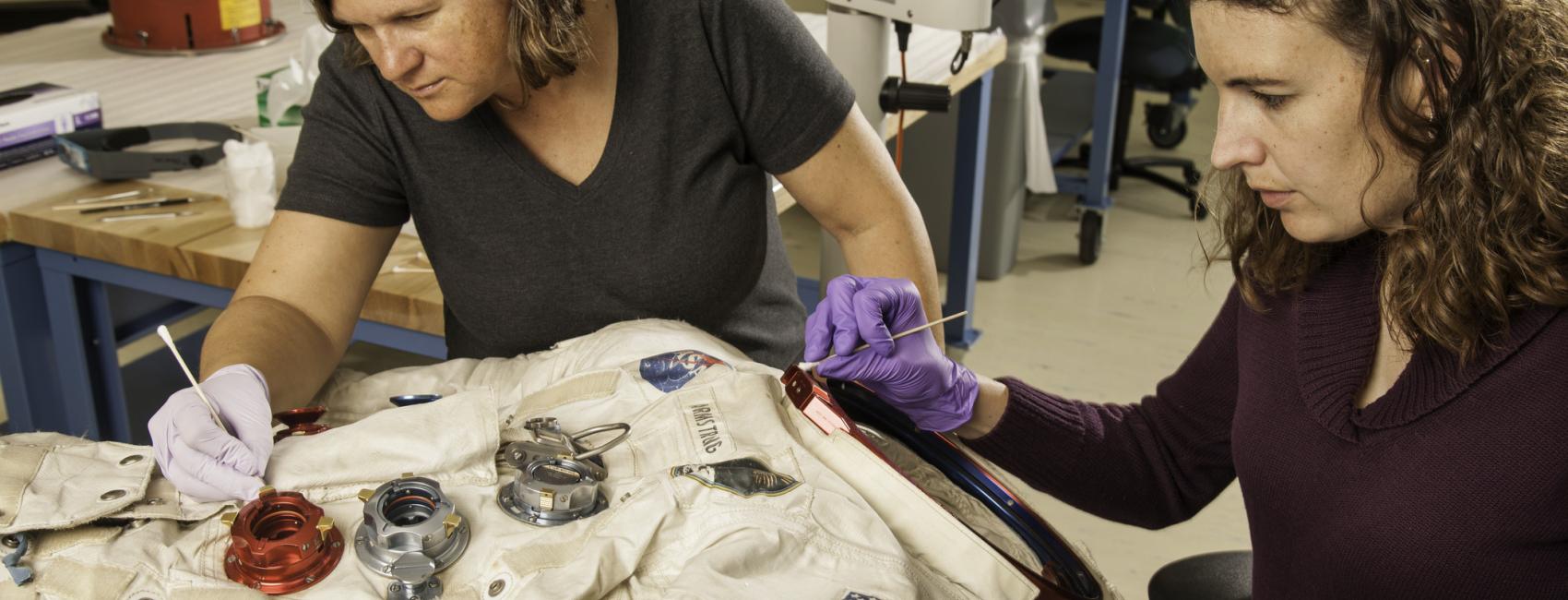
May 16, 2018
Do you have what it takes to fly the friendly skies? Becoming a commercial pilot takes time, training, and dedication. Whether you want to pilot a balloon, a hanglider, or a 787 Dreamliner, you need to get certified. That means starting as a licensed private pilot with a single-engine plane.
Next comes the commercial pilot’s certificate, which allows a pilot be paid for his or her work. The most advanced pilot certification is the one you’ll need to work for an airline like United, called the airline transport pilot license.
That’s not all. There’s other certifications you’ll need, too, like an aviation medical certificate, plus hours of flight time for each step: for a private pilot’s license, that’s 40 hours, and for an airline transport certification that’s at least 1,500.
This time in the cockpit is essential. While the training may be hard, United Captain Kyle Whitaker says it’s the “best job in the world.” Let Whitaker take you on a tour of a United 787 cockpit:
Cockpits have changed quite a bit since the early days of flight. Learn the basics of what happens inside a cockpit. And also hear what one United Airlines pilot thinks about how the Wright Brothers would fare in today's cockpit.
“Every United customer brings a different story aboard our aircraft,” said United’s Chief Pilot James Simons, based in the Washington region. “They are traveling to weddings, vacations, business meetings or for other reasons. Our United pilots play an instrumental role in ensuring we make their air travel as enjoyable as possible. Seeing the smiling faces of our customers as they continue on their journeys is an added bonus to an already great job.”
Thanks to the generous support of United—along with seven other major airlines—the National Air and Space Museum will reimagine our “America by Air” exhibition. Learn more about the Museum’s transformation.

We rely on the generous support of donors, sponsors, members, and other benefactors to share the history and impact of aviation and spaceflight, educate the public, and inspire future generations. With your help, we can continue to preserve and safeguard the world’s most comprehensive collection of artifacts representing the great achievements of flight and space exploration.
We rely on the generous support of donors, sponsors, members, and other benefactors to share the history and impact of aviation and spaceflight, educate the public, and inspire future generations. With your help, we can continue to preserve and safeguard the world’s most comprehensive collection of artifacts representing the great achievements of flight and space exploration.